I cannot imagine how, with our primitive methods of collecting and registering traffic, and our tiny staff for decoding it, we managed to cope at all. The main sensation of the newcomer was that he was participating in a miracle which he was entirely incapable of comprehending.
- Stuart Milner-Barry, Codebreaker at Bletchley Park
One of my highest priority trips while living in London this year was visiting Bletchley Park. I’d seen The Imitation Game and knew a few things about Alan Turing within the context of the history of computing, so I had a strong sense that Bletchley Park would be a special place to visit in real life.
Bletchley Park was home base for the Allied code breaking operation during World War II. According to Historian Harry Hinsley, the intel out of Bletchley “shortened the war by not less that two years and probably by four years” (source). At peak, it employed almost 9000 people - Mathematicians, Linguists, Cryptographers, Typists, Historians, Translators, Cooks, Dispatch Riders (motorcyclists who carried classified intel between locations), Librarians, Musicians, and many others. Three-quarters of them were women.
After the war, most of the original physical documents and machines from Bletchley Park were destroyed. Information about it remained heavily classified. It wasn’t until the ’70s that the world started to know the full nature of the work that was done there from 1938 to 1946. Work on some ciphers wasn’t declassified until the 21st century!
Bletchley Park reopened as a museum in ‘93. The original mansion and huts where the codebreakers did most of their work remain intact, and there are now recreations of many other artifacts. The museum is lovely, with a lot of interactive elements, informative tours, and a very high volume of content. Five hours in a single day wasn’t enough to explore it fully. I’ll share some of my photos and main recollections, but you should definitely go at least once if you have the chance!
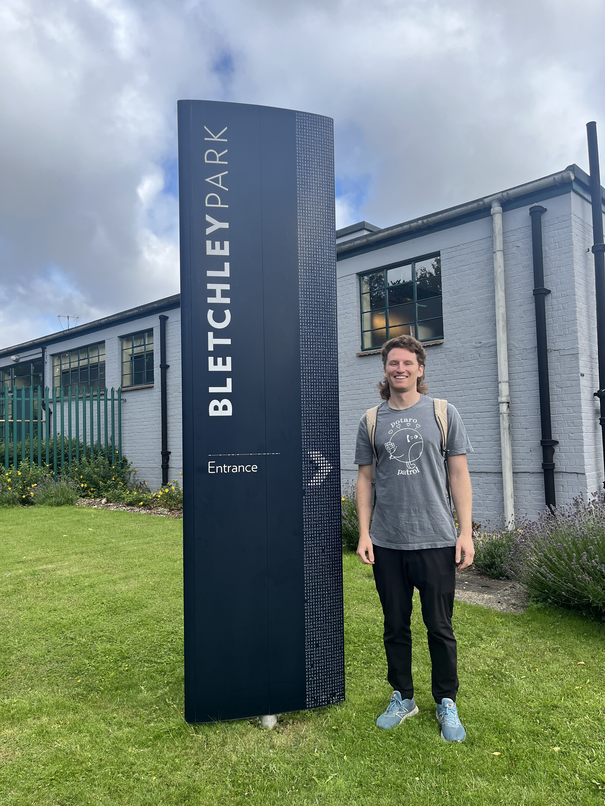
Y-stations intercepted 3,000 to 20,000 messages daily from radio traffic which, if encrypted, were then hand-delivered or teleprinted to Bletchley Park. Then came the task of deciphering the encrypted messages, which is what so much of the literature focuses on. Once that day’s cipher settings were worked out for a given machine (e.g. Enigma, Lorenz, or Purple), the mechanical task of deciphering all of the messages with modified Typex machines was completed. Then came translation (e.g. German to English), cross-referencing, and sending out the intel – code named “Ultra” – to relevant strategic parties. Ultra couldn’t be used unless there was a viable cover story for how they had obtained the intel, as it was vital to keep the Axis powers believing that their ciphers remained unbroken.
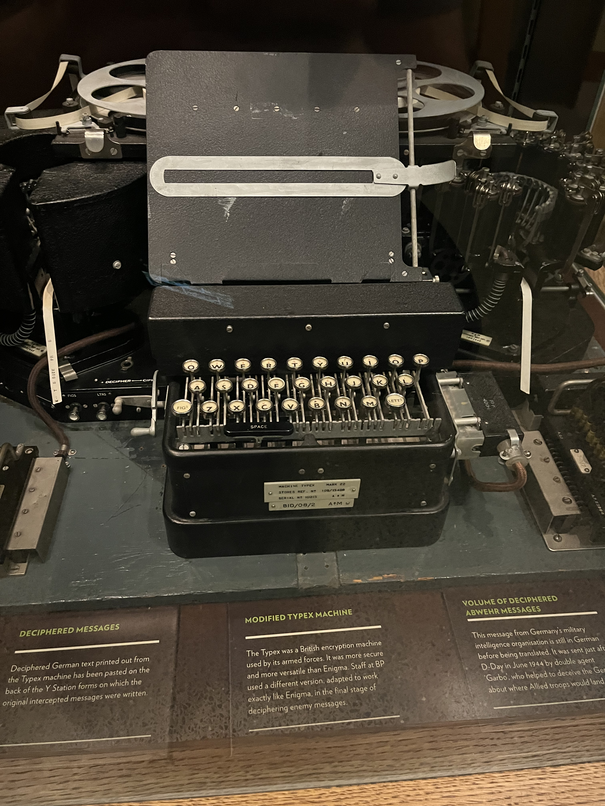
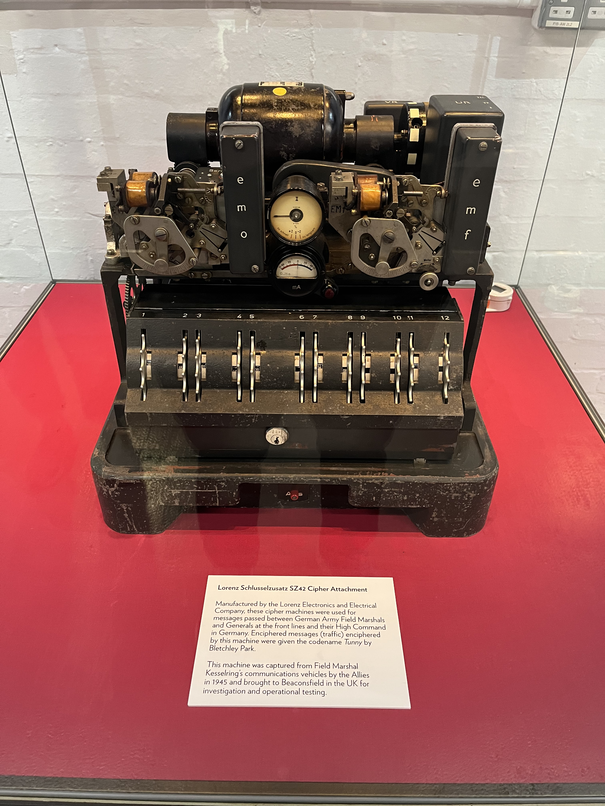
At Bletchley, the main mansion and breakout huts were busy with folks carrying out these tasks. Some of the rooms of the mansion were reserved for leisure and activities, like the Ballroom, Tennis Courts and the Drama club, which put on more than 20 performances through the years.
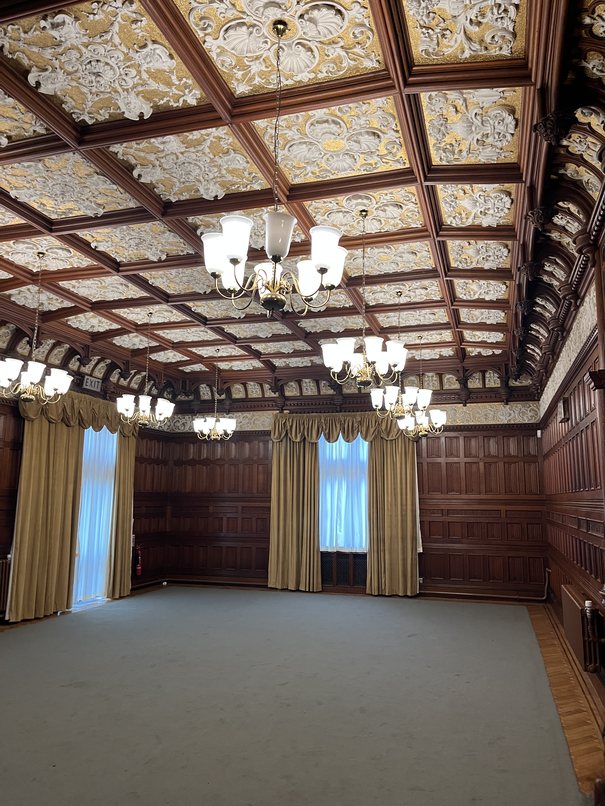
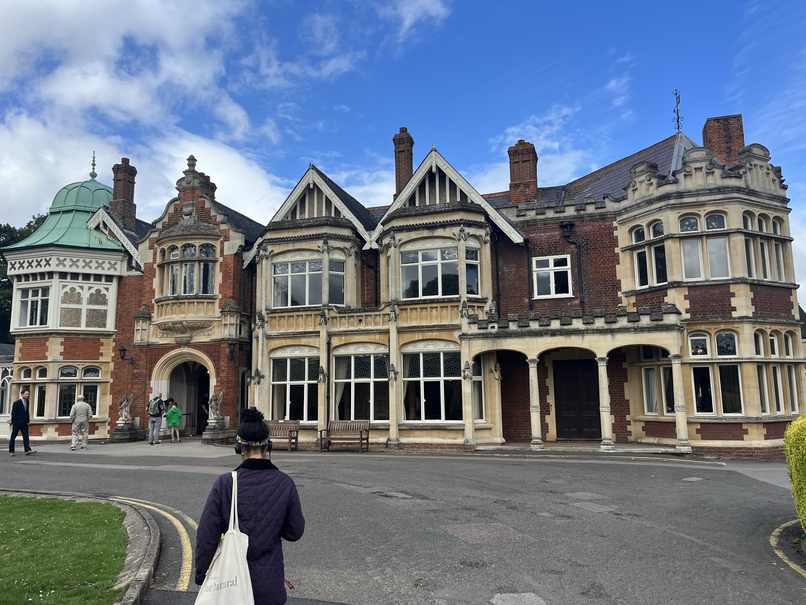

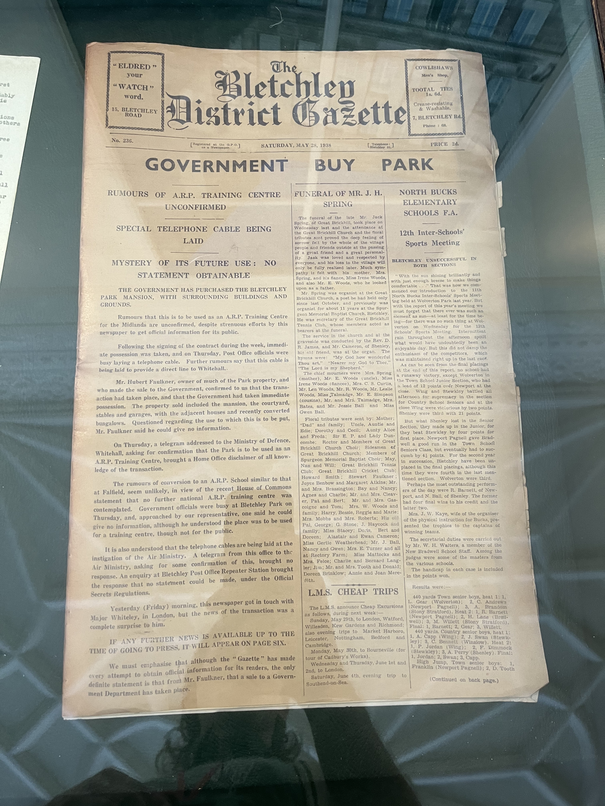
The people who worked there were extremely diverse, ranging from fairly unkempt nerds to military commanders. Tolkein was on the list of emergency recruits for Bletchley, but declined. Hierarchy and bureaucracy emerged as the years went on, but there was a remarkably flat and self-directed structure for most of the years of Bletchley Park’s operation.
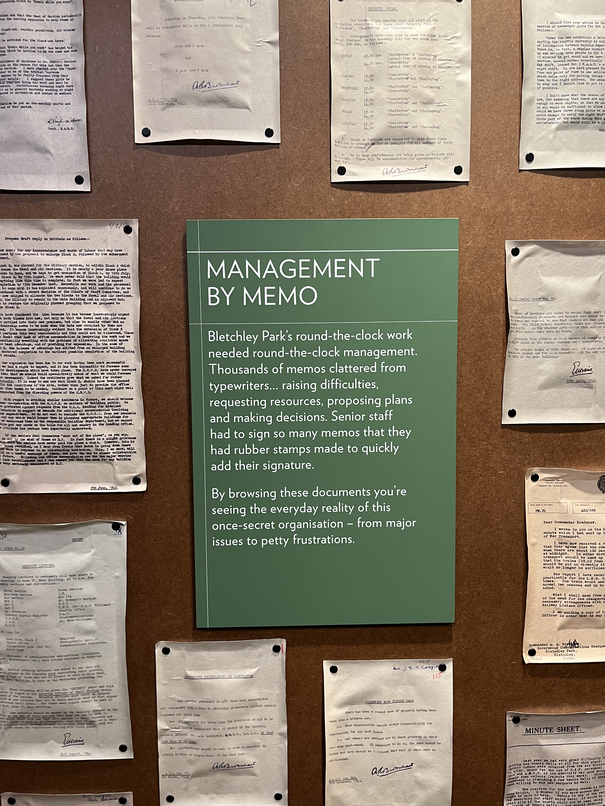
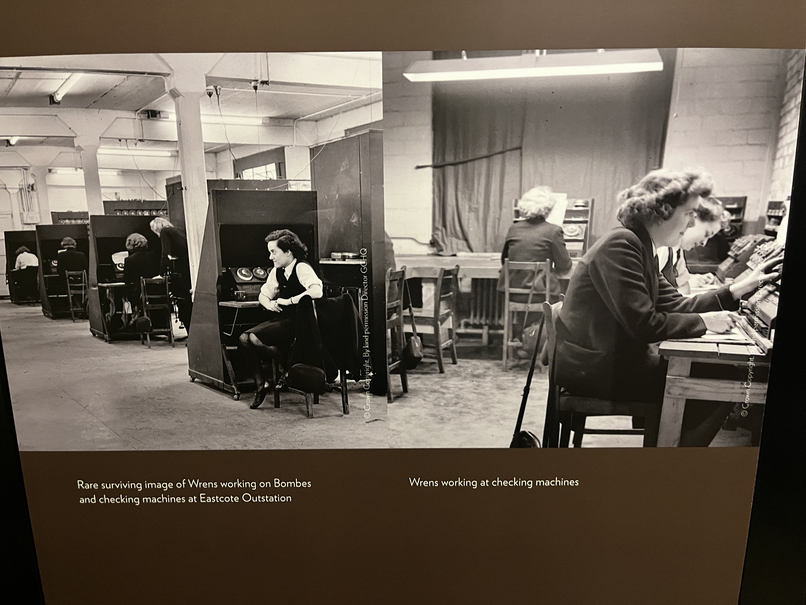
Years before folks at Bletchley started working to crack Enigma, three Polish mathematician-cryptologists had already made significant progress. Marian Rejewsky, Jerzy Różycki, and Henryk Zygalski, working for the Polish Cipher Bureau, reconstructed the Enigma machine from limited French military intelligence. In 1939, they met the French and British at a conference in Warsaw and shared their intel, including copies of the reconstructed Enigma machine. Rejewsky also invented the bomba kryptologiczna in order to speed up the decipherment process. There is a powerful memorial to these men at the Bletchley Park museum.
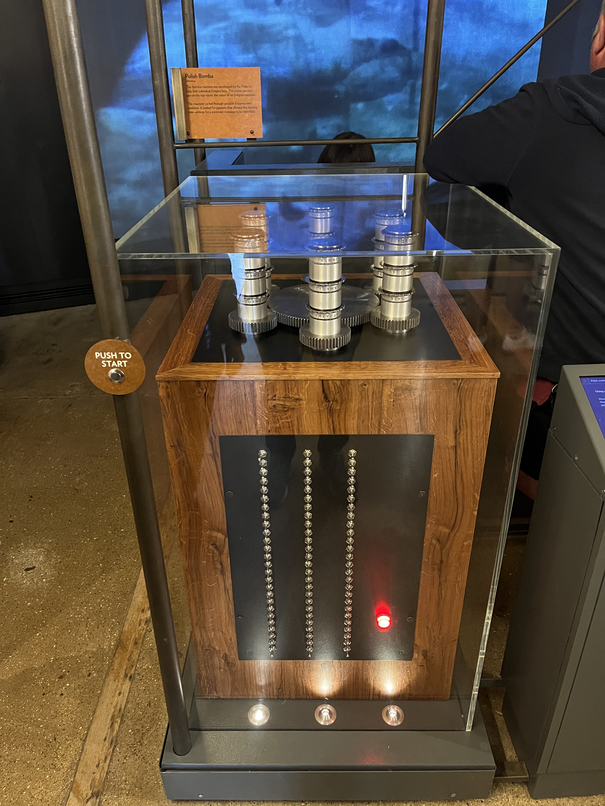
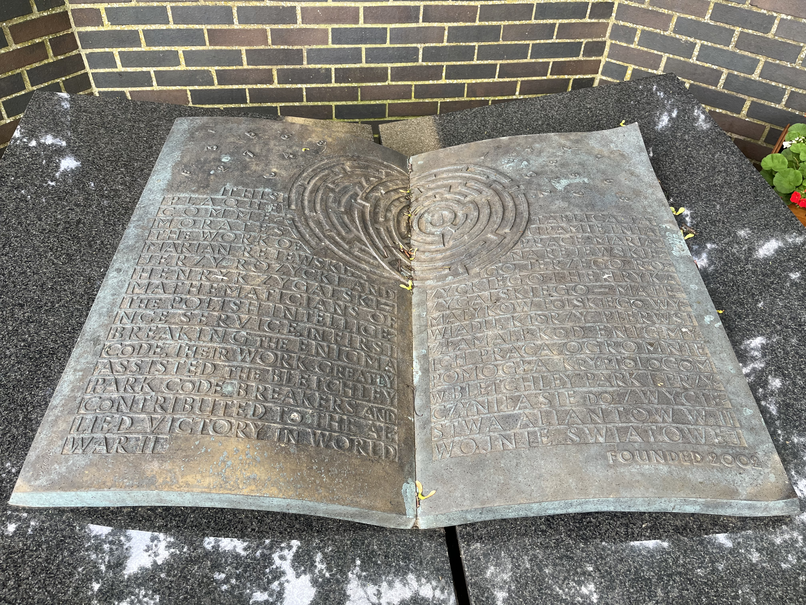
Alan Turing and Gordon Welchman improved on the Poles’ design to adapt to Enigma’s latest design and operational changes. Using the fact that Enigma never enciphered a character as itself and that parts of the cipher text could be guessed (“cribs”), they designed huge mechanized Bombe machines that were then built by the British Tabulating Machine Company. Starting in 1940, Bombes began breaking messages regularly, and more and more machines were manufactured and spread around to outstations in order to avoid losing all of them at once in an air raid. The Bombes were configured and operated by Wrens according to a menus, which tested a crib against a piece of ciphertext in order to determine the machine settings that produced that text.
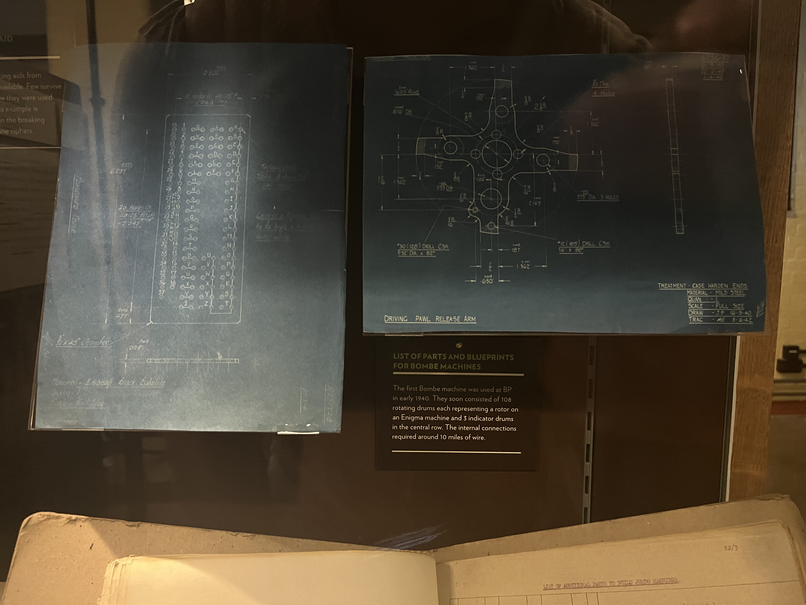
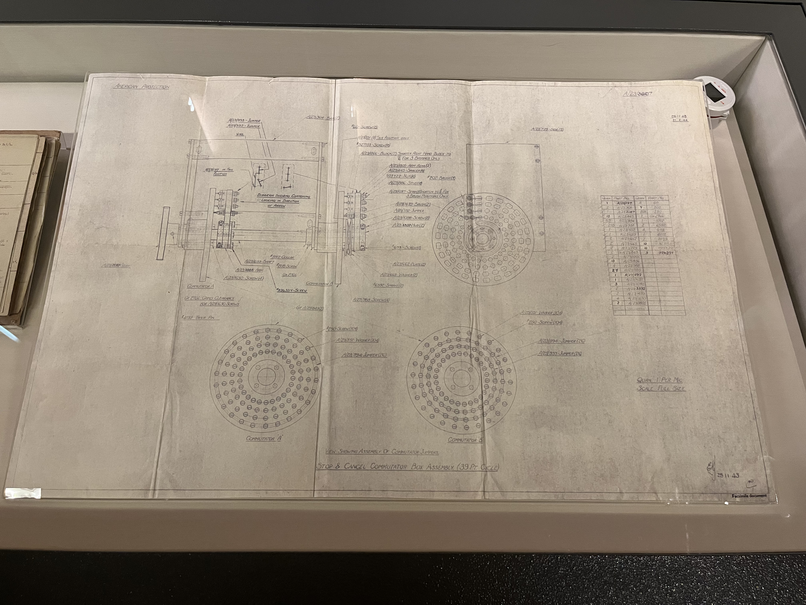

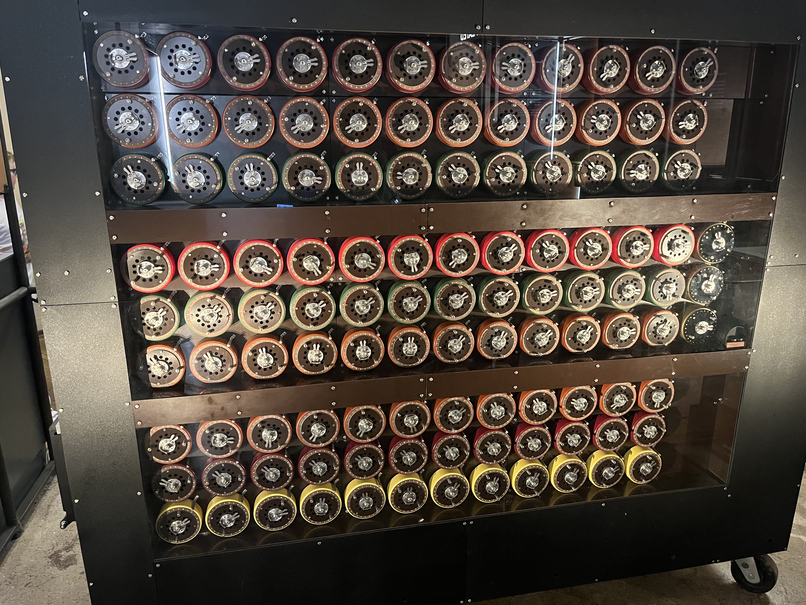
Work at Bletchley also lead to the world’s first programmable computer: Colossus. It used vacuum tubes to perform basic operations, and was optimized for decrypting messages generated by the Lorenz machine. Tommy Flowers designed and lead its prototyping. It played a critical role in gathering intelligence prior to D-Day, and remained secret until the mid-’70s.
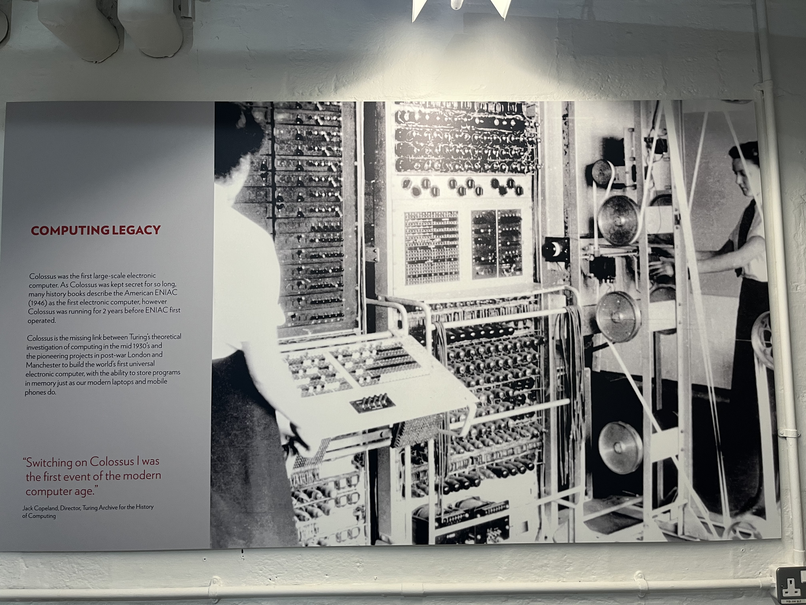
Turing was critical to the success of Bletchley Park codebreaking efforts, but there were so many other basically unknown geniuses working at Bletchley Park! Here are tiny summaries on a small sample of them:
Alan Turing
Developed the Bombes as well as Banburismus and many other ideas and techniques during the war. Headed up Hut 8. Apparently actually a pretty kind person, unlike Cumberbatch’s portrayal of him in The Imititation Game. I wish the museum had focused a little more on his government’s appalling treatment of him for being gay, which he was only posthumously pardoned for in 2009.
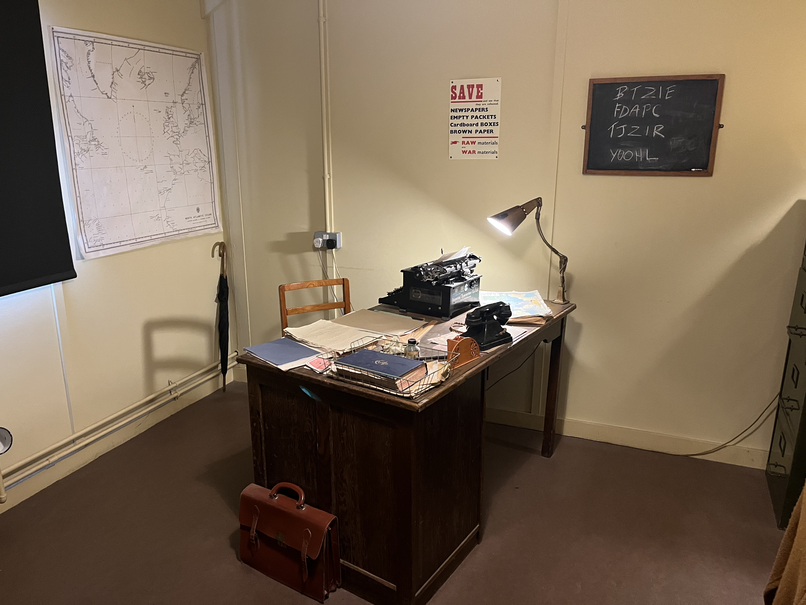
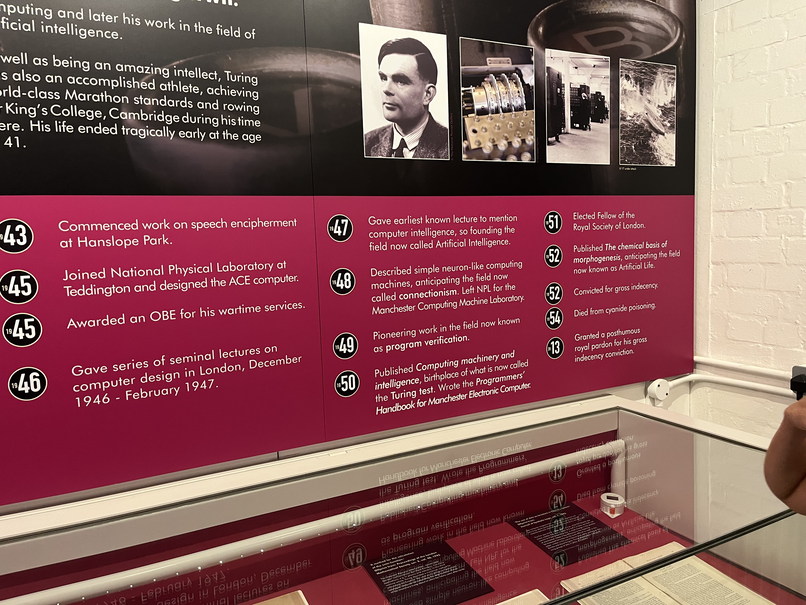
Marian Rejewsky
The Pole who lead the reconstruction of the Enigma machine before the war, as well as the inventor of the Polish Bomba, a precursor to the Turing-Welchman Bombe.
Alastair Denniston
Head of the Government Code & Cipher School (GC&CS) from 1919 until 1942. Designed the huts built at Bletchley Park. Senior cryptologists at Bletchley went over his head to request more staff directly from Churchill, to which Churchill replied:
Make sure they have all they want on extreme priority and report to me that this has been done
John Tiltman
Cryptanalyst who laid much of the groundwork for cracking the Lorenz cipher. Worked off of intercepted messages that had been erroneously sent twice with the same machine settings.
Dilly Knox
Knox did important cryptanalysis throughout both World Wars. Developed a technique along with his all-Women team that decrypted Italian Naval intel at Bletchley Park.
Mavis Lever
Assistant to Dilly Knox at Bletchley Park. Lead the cracking of the Italian Naval Enigma machine at just 19 years old.
Peter Twinn
Mathematician, codebreaker, and entomologist (yes, bugs). The first Mathematician at GC&CS. Alongside Knox, lead the original core group making efforts to crack Enigma.
Gordon Welchman
Mathematician, head of Hut 6 at Bletchley Park. Inventor of the “diagonal board” that greatly improved the design of the Bombe machines.
Stuart Milner-Barry
Chess player and codebreaker. Successor to Welchman as head of Hut 6. Personally delivered the letter requesting resources from Churchill to 10 Downing Street.
Hugh Alexander
Deputy head of Hut 8 under Turing. Head of the Cryptanalysis Division at GCHQ for 25 years after the war.
John Herivel
Working under Welchman, discovered the “Herivel Tip” technique, which was used during a brief but critical time before the Bombes to obtain the daily Enigma settings.
Tommy Flowers
Electrical Engineer, designer, and builder of Colossus, the worlds first programmable computer. Facilitated the reliable cracking of the Lorenz cipher.
Max Newman
Mathematician and codebreaker, Newman worked with Tiltman and Flowers on cracking the Lorenz cipher and building Colossus.
Edward “Jumbo” Travis
Succeeded Denniston as Operational Head of Bletchley Park in 1942. Was directly praised in the cryptanalyst’s letter to Churchill for his “energy and foresight”. Directed GCHQ after the war.
Finally, the garage was super interesting, with a number of restored vehicles from the time.


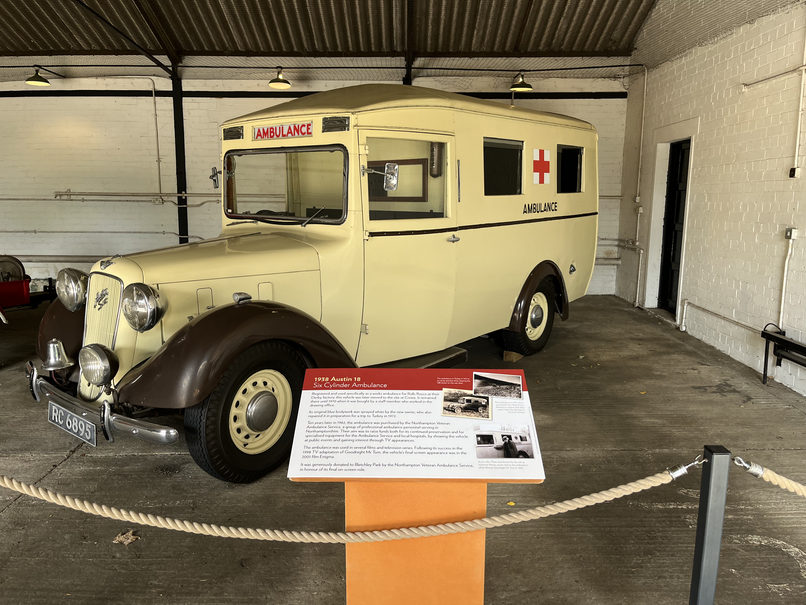
As mentioned above, if you enjoy this sort of history and you have the chance to go to Bletchley Park, do it! I’ve barely scratched the surface here, and had an excellent time during my visit.